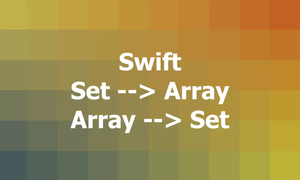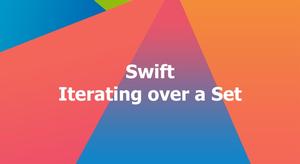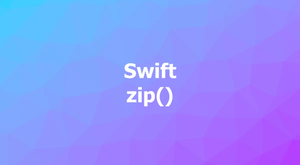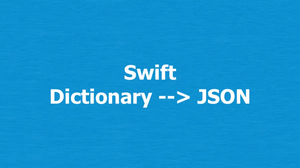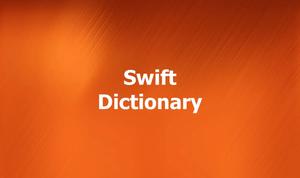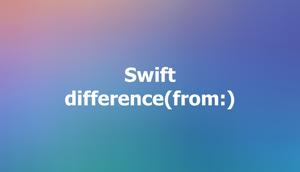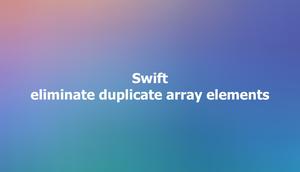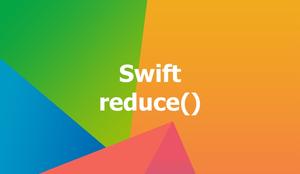As an iOS developer who works with Swift almost every day, you will frequently encounter situations where you need to manipulate arrays to achieve desired results. Removing one or some elements from an array is one of these essential tasks. Mastering this skill will not only make your code more efficient but also improve your overall programming abilities.
In this article, we will explore different approaches to removing array elements in Swift, along with several real-world examples and best practices for efficient array manipulation.
Table of Contents
- Removing a specific element using remove(at:)
- Removing elements using removeAll(where:)
- Removing elements with the filter() method
- Removing elements using removeLast() and removeFirst() methods
- Using custom array extension for removing elements
- Best practices for efficient array manipulation in Swift
- Epilogue
Removing a specific element using remove(at:)
The remove(at:) method allows you to remove a specific element from an array by providing its index. This method returns the removed element and shifts the remaining elements to fill the gap.
Here’s how you can use the remove(at:) method:
var numbers = [10, 20, 30, 40, 50]
// Remove the element whose index is 2 (30)
let removedNumber = numbers.remove(at: 2)
print(numbers)
//Output: [10, 20, 40, 50]In this example, the element with index 2 (30) is removed from the array, and the remaining elements are shifted to fill the gap.
Keep in mind that using remove(at:) with an invalid index will result in a runtime error. To avoid this pitfall, always make sure the index is within the bounds of the array.
Removing elements using removeAll(where:)
Swift 4.2 introduced the removeAll(where:) method, which enables removing all elements from an array that meet a specific condition. This method takes a closure as its argument, which should return a Boolean value indicating whether the element should be removed or not.
Here’s an example of using removeAll(where:) to remove all even numbers from a given array:
var numbers = [1, 2, 3, 4, 5, 6, 7, 8, 9, 10]
numbers.removeAll(where: { $0 % 2 == 0 })
print(numbers)
//Output: [1, 3, 5, 7, 9]In the code above, the closure { $0 % 2 == 0 } checks if the number is even. If the condition is met, the element is removed from the array.
Removing elements with the filter() method
The filter() method is another way to remove elements from an array based on a specific condition. Unlike removeAll(where:), the filter() method returns a new array with the elements that pass the given condition and leaves the original array unchanged.
The example below uses the filter() method to remove all odd numbers from an array:
let numbers = [1, 2, 3, 4, 5, 6, 7, 8, 9, 10]
let evenNumbers = numbers.filter { $0 % 2 == 0 }
print(evenNumbers)
//Output: [2, 4, 6, 8, 10]The closure { $0 % 2 == 0 } checks if the number is even. If the condition is met, the element is included in the new array.
Removing elements using removeLast() and removeFirst() methods
Swift provides 2 convenient methods to remove elements from the beginning or end of an array: removeFirst() and removeLast(). These methods return the removed element and update the original array.
Example:
var words = ["Sling Academy", "John Doe", "Pipi", "Bolo", "Bala"]
// Remove the first element and return it
let firstWord = words.removeFirst()
// Remove the last element and return it
let lastWord = words.removeLast()
print(words)
// Prints ["John Doe", "Pipi", "Bolo"]Note that calling removeFirst() or removeLast() on an empty array will result in a runtime error.
Using custom array extension for removing elements
In some scenarios, you might want to create a custom array extension to remove elements in a more specific manner. For example, you can create an extension that removes the first occurrence of a given element from the array.
Here’s an example of a custom array extension that removes the first occurrence of a given element:
extension Array where Element: Equatable {
mutating func removeFirstOccurrence(of element: Element) {
if let index = firstIndex(of: element) {
remove(at: index)
}
}
}
var numbers = [1, 2, 3, 2, 4, 5, 2]
numbers.removeFirstOccurrence(of: 2)
print(numbers)
// Output: [1, 3, 2, 4, 5, 2]As you can see, the custom removeFirstOccurrence(of:) method finds the first index of the given element and removes it from the array.
Best practices for efficient array manipulation in Swift
Now that you have learned different methods to remove elements from an array in Swift, it’s essential to follow best practices for efficient array manipulation. Here are some tips to keep in mind:
- Use the right method for the task: Choose the appropriate method based on your requirements. For example, use remove(at:) to remove a specific element by index or removeAll(where:) to remove elements based on a condition.
- Be mindful of array bounds: Always ensure that the index is within the bounds of the array when using methods like remove(at:), removeFirst(), or removeLast(). Use optional-returning variants of these methods to avoid runtime errors when dealing with empty arrays.
- Utilize lazy evaluation: When working with large arrays, consider using the lazy property to improve performance. This means that operations on the array will be deferred until the results are accessed. This can be particularly useful when you need to perform multiple operations on the same array.
- Avoid unnecessary copying: Swift arrays are value types, which means that they are copied when passed to a function or assigned to a new variable. To avoid unnecessary copying, use the input keyword when passing arrays to functions that modify them.
- Consider using sets instead: If you need to perform frequent element removals from a collection, consider using a set instead of an array. Sets are optimized for fast removals and unique values, making them more efficient for this task.
Epilogue
In this article, we have covered the basics of array elements and indices and explored five comprehensive tutorials on different methods for removing array elements in Swift. We have also discussed best practices for efficient array manipulation.
I hope you found this article helpful in enhancing your Swift skills. If you have any questions or feedback, please feel free to leave a comment below.
P/S: Want to learn more about Swift and iOS development? Check out our other articles and tutorials on our website. Use the search box or the left-hand menu to find the topics you like.
Happy coding & have a nice day!
